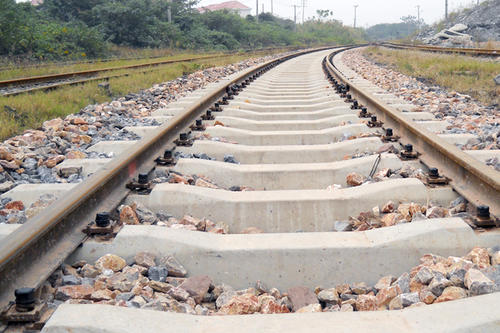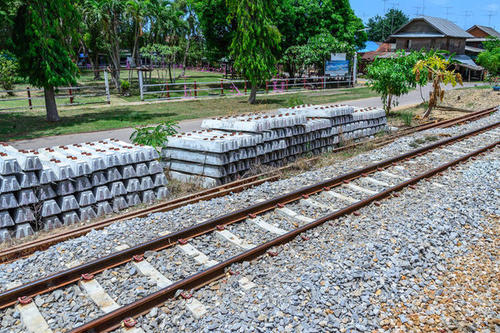
Sleepers are the foundation of steel rails and an important part of completing railway lines. Since the birth of the railway, it has a history of more than 150 years. At the beginning of the birth of the railway, wooden sleepers have always been the main sleepers, and they have long been known to them, so people prefer to call sleepers. With the progress of society and the development of science and technology, concrete pillows have gradually appeared in people's field of vision. People may be even more unfamiliar with steel rails.

In fact, in the development history of railways, steel rails did not appear in recent years. Steel rails are not young. They have a history of nearly 50 years, which is similar to the time when concrete sleeper appeared. As early as the middle of the opening years, Deutsche Bahn had already laid steel sleepers. According to reports, the railway line with steel sleepers on the West German Federal Railway at that time accounted for more than 20% of its total line length. In the 50 years from the 1930s to the present, it was only due to the outbreak of the Second World War and many other global and local wars that the consumption of steel increased sharply, and the price increased exponentially. It is difficult to compete with wooden sleepers and concrete sleeper, and the development of steel sleepers has stagnated and is in a secondary position of obscurity.

Compared with wooden sleepers and concrete sleeper, steel sleepers have many advantages. Although wooden sleepers have the advantage of being flexible, their service life is short (usually only about 15-20 years), and the maintenance workload is heavy, requiring frequent replacement. The amount of high-quality wood consumed as sleepers every year is really amazing. Moreover, all countries in the world generally feel that timber resources are insufficient and are facing a crisis.
Therefore, experts believe that the development prospects of wooden sleepers are bleak and tend to be gradually eliminated. Although concrete sleeper have a long service life, their vibration resistance is not good. From a long-term perspective, it is difficult to adapt to high speed, heavy load and transportation. The increasing demand. Steel sleepers can combine the advantages of wooden sleepers and concrete sleeper. It can withstand the strong and frequent vibrations and shocks of heavy-duty freight trains with large axle loads and high-speed passenger trains, and can fundamentally meet the requirements of modern railway transportation for signal and track circuit technology.
The service life of steel sleepers far exceeds that of concrete sleeper, and the maintenance workload is not large. In addition, from the perspective of objective conditions, the rapid development of the steel industry and the substantial increase in steel output in various countries have also laid a solid material foundation for the wide application of steel sleepers on railways. It is precisely because of the above-mentioned reasons that the railways in developed countries in the world have generally paid attention to the research and development of steel sleepers.
